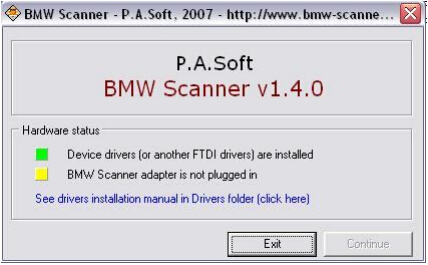

- #ANONYMIZER UNIVERSAL SETUP V1.3.1 INSTALL#
- #ANONYMIZER UNIVERSAL SETUP V1.3.1 DRIVER#
- #ANONYMIZER UNIVERSAL SETUP V1.3.1 LICENSE#

#ANONYMIZER UNIVERSAL SETUP V1.3.1 LICENSE#
If disabled, you must manually upload renewed license after expiration. Set to true to enable attempted automatic license renewal when the license nears expiration. Specifies whether the your UCP license is automatically renewed. Values are syslog priority levels: debug, info, notice, warning, err, crit, alert, and emerg.
#ANONYMIZER UNIVERSAL SETUP V1.3.1 DRIVER#
If omitted, controller logs are sent through the default docker daemon logging driver from the ucp-controller container. Specifies a remote syslog server to send UCP controller logs to. Refer to the Deprecation notice for additional information.Ĭonfigures the logging options for UCP components. The default is false.Ī string array that specifies users or teams which must sign images. Set to true to require images be signed by content trust. Specifies whether DTR images require signing. Set a label to be included with analytics/ The default is false.Īnonymize analytic data. Set to true to disable analytics of API call information. Set to true to disable analytics of usage information. Specifies the analytics data that UCP collects. Sets the type of orchestrator to use for new nodes that are joined to the cluster. Set to true to allow admins to schedule on containers on manager nodes. UCP uses taints to control container scheduling on nodes and is unrelated to kubectl’s Unschedulable boolean flag. If you run the kubectl command, such as kubectl describe nodes, to view scheduling rules on Kubernetes nodes, it does not reflect what is configured in UCP Admin settings. Specifies scheduling options and the default orchestrator for new nodes. Scheduling_configuration table (optional) When set to true, support dumps will include audit logs in the logs of the ucp-controller container of each manager node. Other legal values are metadata and request. Leave empty for disabling audit logs (default). The value is a string with the contents of a ca.pem file.Ĭonfigures audit logging options for UCP components. If you’re using a custom certificate authority (CA), ca_bundle specifies the root CA bundle for the DTR instance. The DTR instance’s OpenID Connect Client ID, as registered with the Docker authentication provider. The address for connecting to the DTR instance tied to this UCP cluster.

Note that this option will log the user out and require them to log back in since they are actively changing how their authentication is stored.Īn array of tables that specifies the DTR instances that the current UCP instance manages. If set, the user token is stored in sessionStorage instead of localStorage. A value of zero disables limiting the number of sessions that users may have. If creating a new session would put a user over this limit, the least recently used session will be deleted. The maximum number of sessions that a user can have active simultaneously. The length of time, in minutes, before the expiration of a session where, if used, a session will be extended by the current configured lifetime from then. The initial session lifetime, in minutes. Values are admin, viewonly, scheduler, restrictedcontrol, or fullcontrol. The role that new users get for their private resource sets. The name of the authorization backend to use, either managed or ldap. Within the directory of a UCP admin user’s client certificate bundle, the following command exports the current configuration for the UCP hostname UCP_HOST to a file named ucp-config.toml: Get an authtokenĭocker container run -rm docker/ucp:3.2.4 example-configĬonfiguration options auth table Parameter Use the config-toml API to export the current settings and write them to a file. Export and modify an existing configuration Specify your configuration settings in a TOML file.
#ANONYMIZER UNIVERSAL SETUP V1.3.1 INSTALL#
Set the configuration at install time or import after installation. Run the example-config command, edit the example configuration file, and.Install a UCP cluster, export and edit the configuration file, and then use theĪPI to import the new configuration into the same cluster.Install one cluster and use the UCP web interface to configure it as desired,Įxport the configuration file, edit it as needed, and then import the editedĬonfiguration file into multiple other clusters.You can use the configuration file in different ways to set up your UCP During the installation, UCP detects and starts using theĬonfiguration specified in this file. You can customize the UCP installation by creating a configuration file at the For more information about TOML, see the TOML README on GitHub. by importing and exporting the UCP config in a TOML file.UCP configuration file Estimated reading time:


 0 kommentar(er)
0 kommentar(er)
